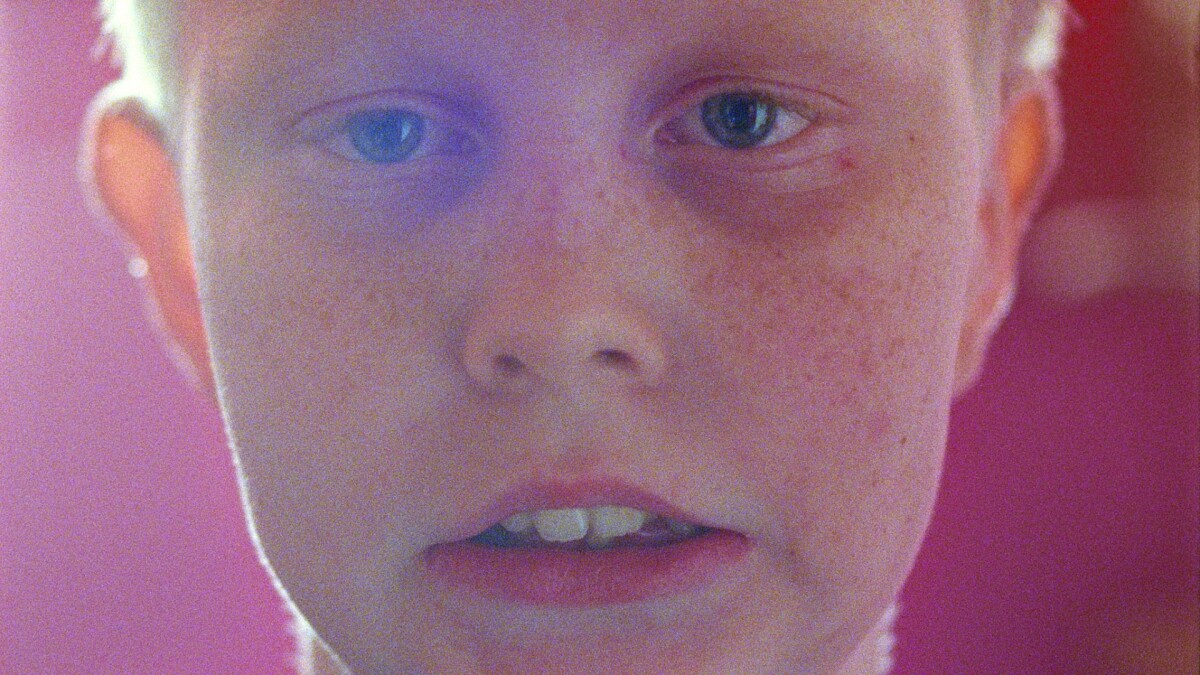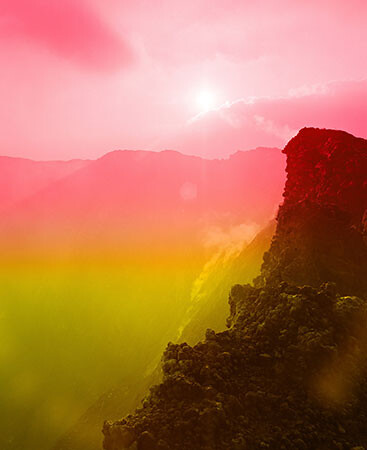CMRK is a network of four independent institutions for contemporary art based in Graz: Camera Austria, Künstlerhaus, Halle für Kunst & Medien (KM– Graz), < rotor >, and Grazer Kunstverein.
Stephanie Kiwitt: Dialogues
Camera Austria
December 8, 2016–February 19, 2017
www.camera-austria.at
Claudia Märzendorfer: 72 km+
E.d Gfrerer : –3,35
Künstlerhaus, Halle für Kunst & Medien (KM– Graz)
December 8, 2016–January 26, 2017
www.km-k.at
New Graz – Part 2: Narratives from the Arrival City
< rotor >
December 8–22, 2016
www.rotor.mur.at
Beatrice Gibson
Grazer Kunstverein
December 8–18, 2016
www.grazerkunstverein.org
In Dialogues, the German artist Stephanie Kiwitt, who resides in Brussels, has for the first time compiled various works from recent years that take the form of publications and exhibition projects in a joint context. New junctures arise from image to image, never before seen in this way—each new image is a leap through time and space, from Belgium to Marseille, Prague to Ghent. Or perhaps these encounters are actually collisions rather than new junctures? Sections, cutouts, images extending beyond their edges, leading away, leading somewhere else—perhaps into a different picture? Kiwitt succeeds, in a unique way, in situating her photographs, series, and books along this threshold where a description opens and facilitates something rather than formulating and concluding it. This opening does not evolve without help, for it must be initiated—through images arising not randomly and also not incidentally, but which on the other hand don’t pretend that they have always known best, images with an inherent sense of restraint, through which the images foster a dialogue, both between the images themselves and with the beholder.
The exhibition at Camera Austria is accompanied by a homonymous publication in the Edition Camera Austria, with texts by Reinhard Braun, Steven Humblet, Tina Schulz, Carsten Tabel, Eveline Vanfraussen, Bart Verschaffel, and numerous black-and-white illustrations by Stephanie Kiwitt.
At Künstlerhaus, Halle für Kunst & Medien (KM– Graz), two exhibitions discuss relational and site-specific aesthetics: the artistic practice of Claudia Märzendorfer (b. 1969 in Vienna, lives in Vienna) includes projects that elude conventional expectations about art as a production process. Her works of art—whether volatile installations made of dust particles or precarious ice sculptures like playable LPs fashioned from frozen water—tend toward the ephemeral and non-recurring. They are about shifting and subverting normal situations, as is the case with the knitted (re)construction of truck replacement parts and a three-dimensional wall drawing. Driving her artistic undertakings is the nonacceptance of given circumstances, the temporal nature of time being the most essential element. At the same time, a wealth of knowledge about external determinants, conditions, and practices is part of her process of producing art.
The architect and artist Ed Gfrerer (b. 1958 in Paternion, lives in Graz) bases his artistic studies on concrete space as he works on site. In advance, with sketch-like drawings, he considers possible access points and interventions, which finally allows him to intervene through an expansion or densification of interstitial spaces. Gfrerer therefore also uses found items, from which he develops temporary constructions or sculptural forms that imbue the exhibition site with new conceptual space. By precisely processing the existing into new objects and situations, the artist questions what is often conventional self-conviction in terms of resource use, thus calling for heightened sensitivity to one’s immediate environment and its utilization.
New Graz – Part 2 is the second exhibition at < rotor > within a project series circling around the notion of arrival in the city. The specific city is Graz, Austria’s second largest town, and the involved artworks were all developed in a certain area: the Annenviertel district. From hundreds of years ago up to today, it has been a place for newly arrived immigrants to go, to make contacts, to settle down. New Graz provides a stage for people who at some point in the past set up home here, a stage for their narrations on how they approached their new center of living respectively—how they were welcomed by the Arrival City. Works deal with people’s stories about their arrival in a foreign country and their specific relationships with places and people in this city (Severin Hirsch) or how newly arrived youngsters and adults make the city accessible for themselves (Maryam Mohammadi/Joachim Hainzl). Other presented artworks were developed during the steirischer herbst festival in the frame of the “House of Open Gates,” a temporarily open project room where people from all backgrounds and various artistic disciplines could meet to critically discuss existing conditions and conjure up dreams of a life of freedom, justice, and solidarity.
With Daily Rhythms Collective, Daniela Brasil, Nayarí Castillo, Sara González Novi, Joachim Hainzl, Severin Hirsch, Maryam Mohammadi, Kate Howlett-Jones, Samowar Activity Café, Mário José Santos Soares, Škart, studio ASYNCHROME, Studio Magic – Thomas Kalcher/Christian Meixner/Patricia Wess, Evi Papanagiotou, public works, Tuuli Sundén-Uusimäki, Jun Yang, Inka Ylicotila, Moira Zoitl et al.
The Grazer Kunstverein continues with an elaborate solo exhibition by the British artist and filmmaker Beatrice Gibson (b. 1978 in the United Kingdom), who in her recent works has explored the structural parallels between pedagogy, avant-garde music, and contemporary economics. Gibson’s films are composite collages, blending social modes of working with a diverse range of references, from the experimental compositions of Robert Ashley and Cornelius Cardew to the modernist writings of William Gaddis and Gertrude Stein. Her exhibition at Grazer Kunstverein aims to bring together an array of her films from the past ten years. It is the first of its kind, with the artist presenting at The Members Library an additional selection of films by artists and filmmakers that inspire her practice, such as Mary Helena Clark, Ben Russell, Laida Lertxundi, Leslie Thornton, Mati Diop, and Mark Leckey. In her work, Beatrice Gibson engages with a broad range of themes, but most are concerned with modes of production culled from modernist musical composition. Her primary sources are the avant-garde composers of the 1950s and 1960s, such as Cornelius Cardew, John Cage, and those linked to the Fluxus movement. Gibson’s projects are almost always participatory, incorporating co-creative and collaborative processes and ideas.
Beatrice Gibson is the last exhibition under the directorship of Krist Gruijthuijsen and the last within the 30th anniversary program at Grazer Kunstverein. The exhibition continues until December 18, 2016.











